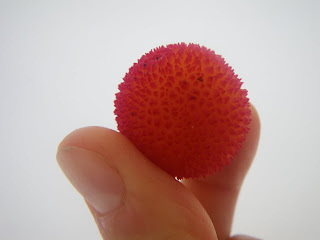PRETOMA biologists (www.tortugamarina.org, www.seaturtles.org) on board of long line vessels in Pacific Costa Rica developped different methods to remove hooks and release olive ridley turtles. Not an easy task at all... These are fragments of the videos made by Jorge Ballesteros, PRETOMA, that I copied while working with them, but I am afraid that the quality is not very good.
Tortugas aún con vida y con anzuelos enganchados en la boca. Los biólogos de PRETOMA (www.tortugamarina.org, www.seaturtles.org) embarcados en palangreros en el Pacífico de Costa Rica desarrollan diferentes métodos para quitar los anzuelos. No es fácil tarea embarcarse en un barco pesquero y menos aún con este tipo de misiones. Después de cada embarque, Jorge Ballesteros, de PRETOMA se curra videoreportajes para difundir al público (excelente banda sonora por cierto). Siempre me gustó como trabaja esta gente.










 picture copyrigtht: PRETOMA
picture copyrigtht: PRETOMA